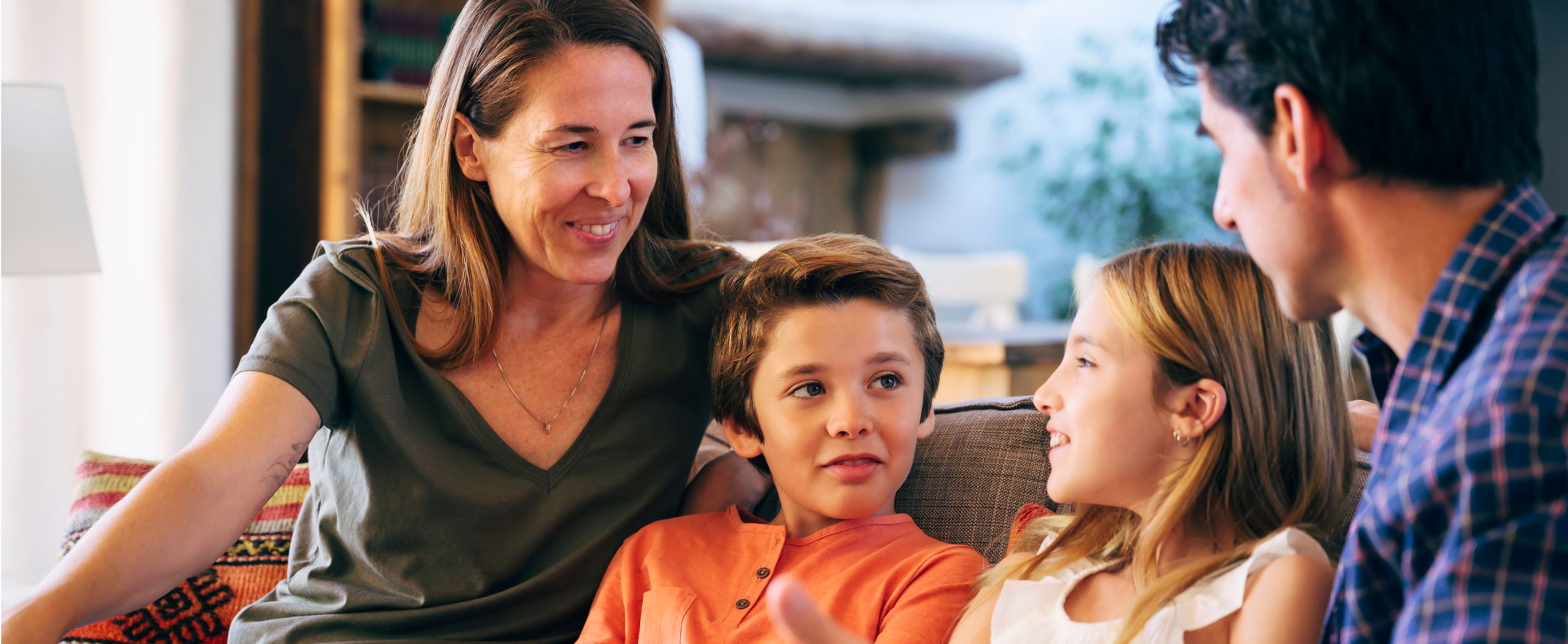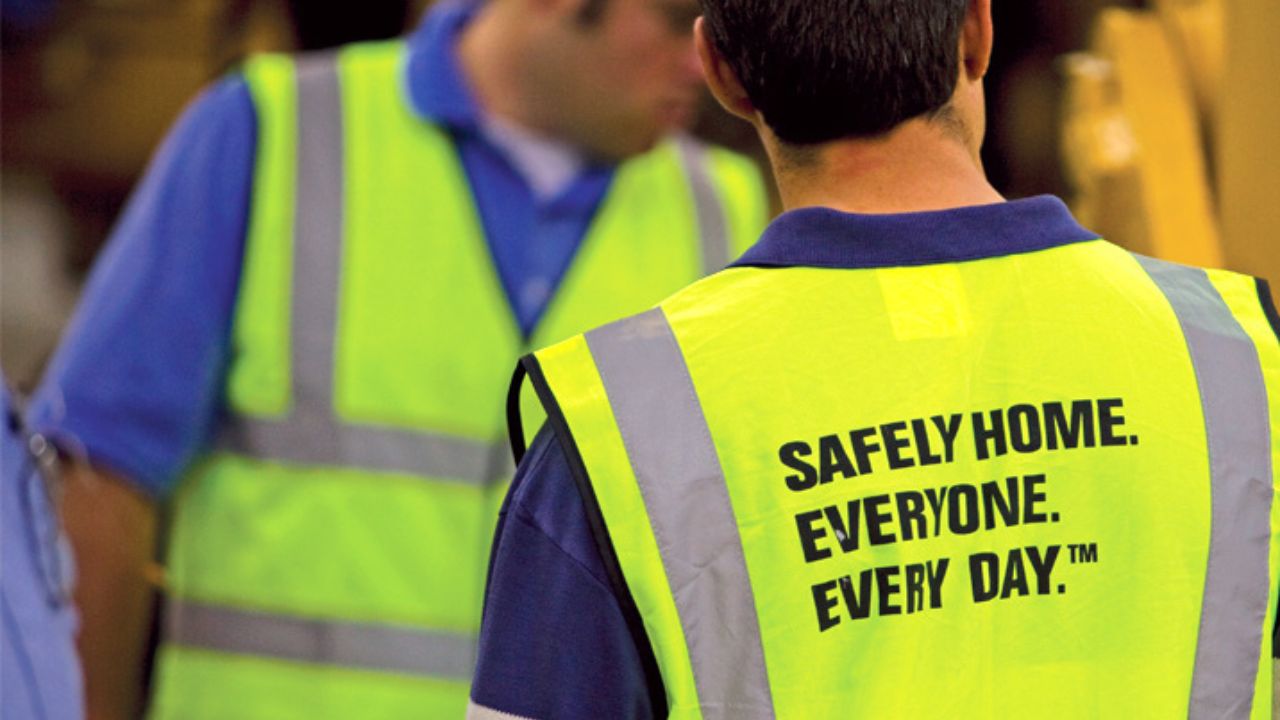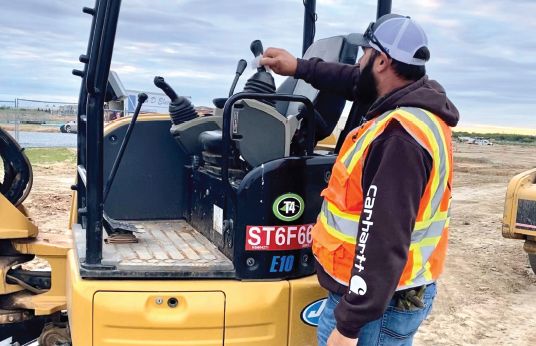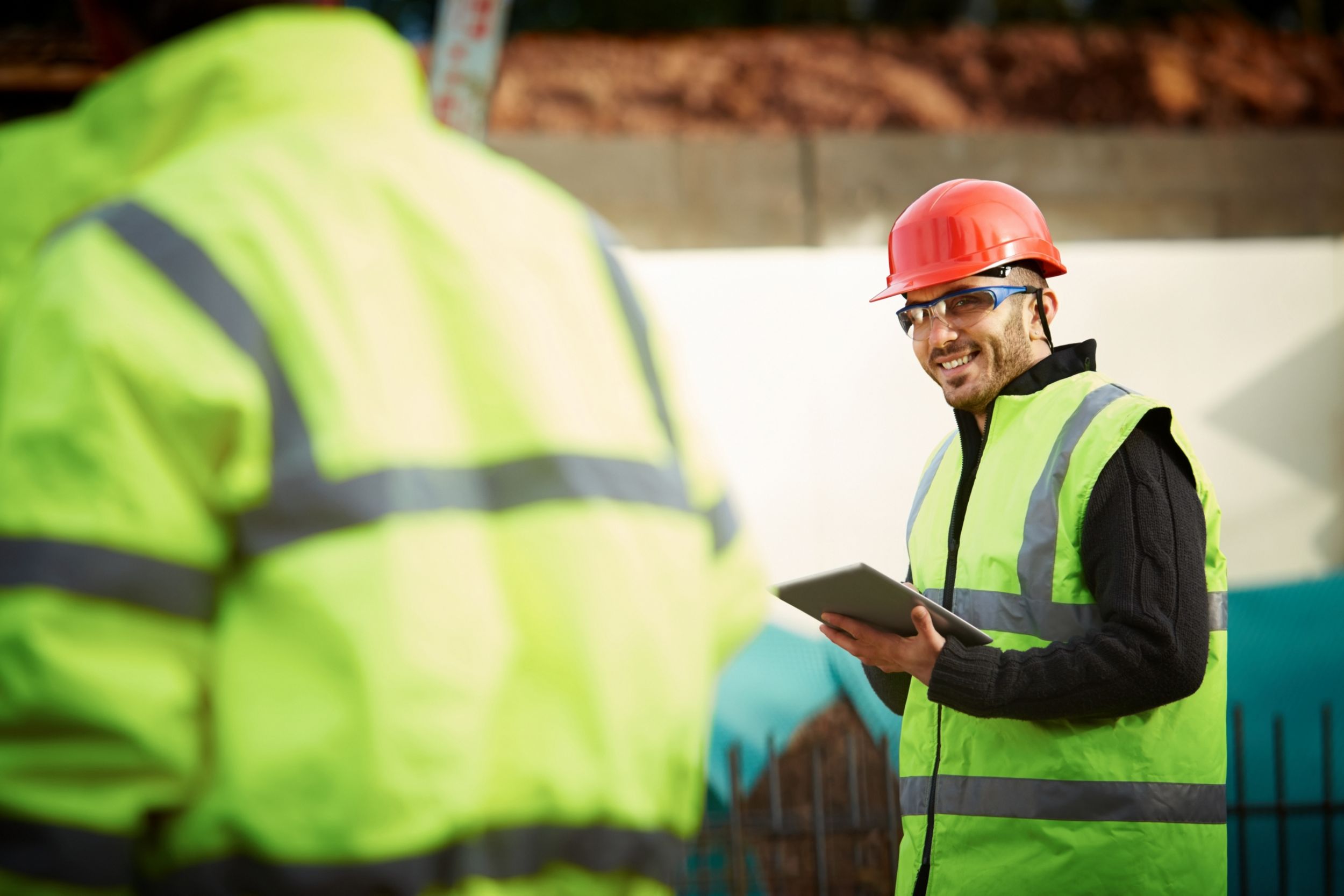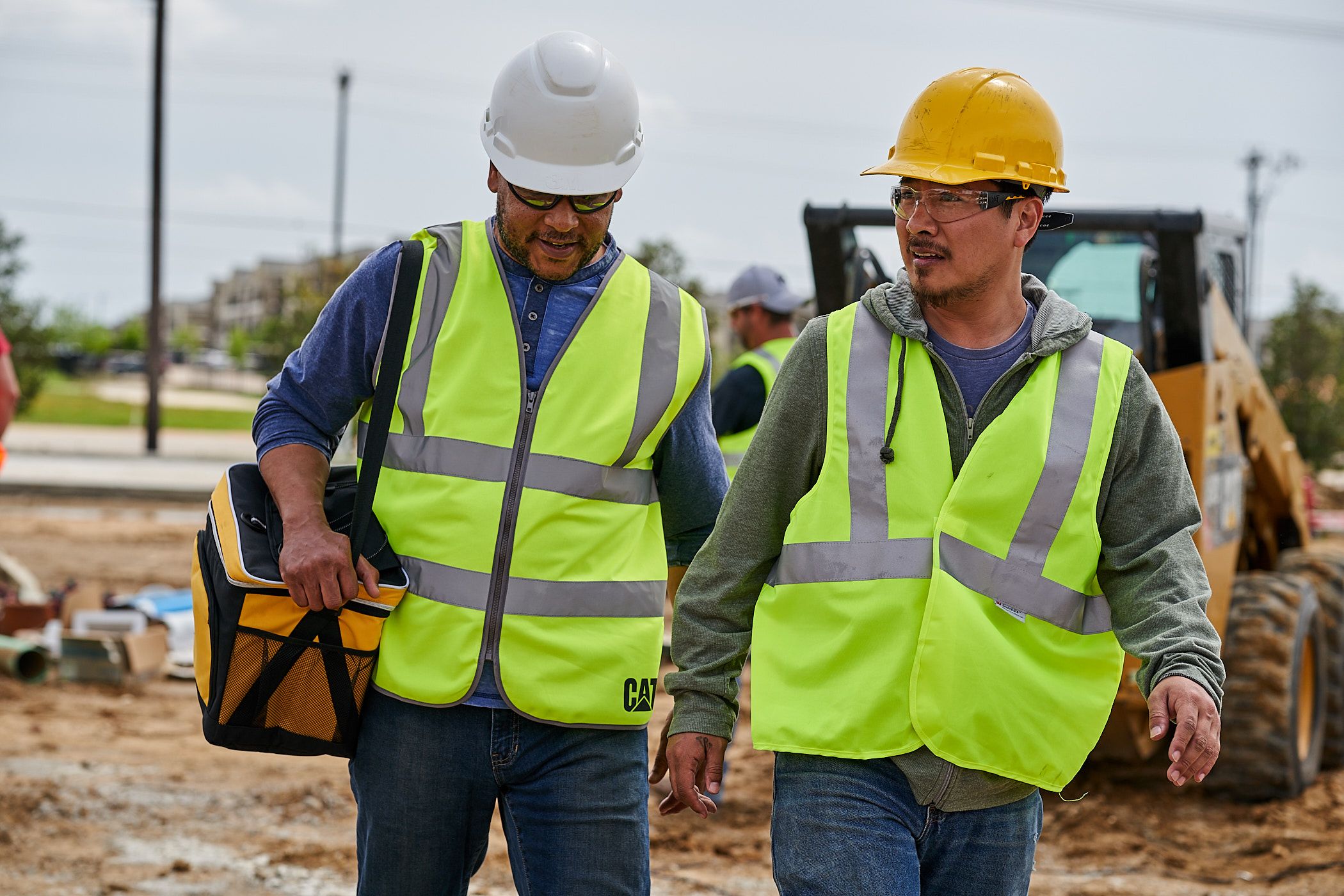

Sign In
Welcome! Sign In to personalize your Cat.com experience
If you already have an existing account with another Cat App, you can use the same account to sign in here
Register Now
One Account. All of Cat.
Your Caterpillar account is the single account you use to log in to select services and applications we offer. Shop for parts and machines online, manage your fleet, go mobile, and more.
Account Information
Site Settings
Security
How to Talk To Kids About Safety
Want to feel more confident that your kids are staying safe? Find out the right approach to ensure they learn the valuable lessons they need.
At Caterpillar, we're all about safety for workers, and we believe safety is just as important at home. If you have kids, you want to have peace of mind that they're staying safe, even when you're not watching. So, it's important to have conversations about safety and the good habits they can develop to protect themselves. Talking to kids about personal safety might feel overwhelming, but using the right approach will ensure they learn the valuable safety lessons they need.
In the heavy machinery industry, we serve people in construction, mining, oil production and other sectors that come with many safety risks. We know it's crucial to practice safety in these environments, but we also know accidents can happen anywhere — according to the National Safety Council, nearly 80% of injuries requiring medical consultation happen outside of work.
Building safe habits starts at home, and Caterpillar offers some actionable advice to get you on track:
Have an Honest Conversation
One common misconception about safety is that it's just common sense. In reality, good safety practices can be simple, but you need to be intentional about having safety conversations and developing safety habits.
When it comes to any form of safety, awareness is the first step for developing solid habits. Start with why they need to be safe. Be upfront with your kids about risks and stay positive — you want them to recognize hazards without feeling so afraid that they're unable to act.
For example, you're probably familiar with the phrase "stranger danger." This phrase can instill fear that prevents kids from trusting someone in an emergency, and it doesn't recognize that some adults they do know may not be trustworthy. When talking to your kids about safety, try using a phrase like "tricky people" to help them understand that while most people are good, it's helpful to be cautious and turn to adults they know in nonemergency situations.
Make Learning Fun
Discussing safety with your kids fosters awareness while practicing how to be safe develops good habits. Games can be an entertaining and educational way to test your children's response to emergencies.
You can use hopscotch to see how well your kids remember emergency phone numbers. See if they can hop out 911 or your cell phone number. Pose helpful questions like, "What number do you call if you smell a fire in the house?"
Role-playing can also be a fun way to practice safety skills. You and your child can play pretend that there's a hurricane or tornado outside. Make sure to teach them where your emergency kit is and where they need to hide. Watch as they follow through with your natural disaster plan.
Give Them Confidence
When you're helping kids build habits through games, make sure they know when they get things right and tell them you trust them. Positive recognition will reinforce the learning process and ensure kids are ready to respond during the real thing.
If they failed to do something safely, stop them and start again with why and how until they get it right.
This goes for real-life safety behavior as well. When you see your child doing something safe, such as putting on a bike helmet without being asked, pause to recognize the good behavior. It can be as simple as saying "Hey, I noticed you put on your helmet on your own. Good job!"
Create an Open Space for Feedback
One of the key characteristics of a strong safety culture is that everyone feels responsible for safety and empowered to speak up when they see something unsafe. That includes your kids.
It's important to recognize that we all make mistakes when it comes to safety. While your kids might slip up, you might too. Create an environment where both you and your child can speak up about safety - either proactively or when you see something wrong. Building a strong safety culture at home is all about maintaining open communication.
Our safety team offers two processes for giving and receiving feedback when it comes to safety habits — speak up and listen up.
Speak up: If you or your children see something unsafe, it's a good time to speak up.
- Ask if you can share your concerns about an action, like not looking both ways when crossing the street.
- Work together to come up with a solution and cheer each other on for safe habits.
Listen up: If you or your kids need to receive feedback, listen up.
- Make sure you know what the person is saying and ask questions if you're confused.
- Agree to the safer process and commit to it, then follow up on the lesson at the next opportunity.
The key idea is that you're looking out for each other. Your safety habits are just as much for other people as they are for yourself.
Keep up With Safety at Home and at Work
At Caterpillar, we know that safety education gives people the skills to protect themselves, whether that's on the work site or in the home. Our safety professionals take an organized and results-driven approach to safety education, and clear communication and practice are essential steps.
Take it from us — knowing the risks and having a plan can make all the difference. Start building safety habits at home today and be prepared for tomorrow.
Related Stories
-
Prioritizing Employee Health and Safety
Jobsite safety should always be a top priority, even beyond the machines. Find out how Cat customers have taken extra precautions to keep their employees healthy during the COVID-19 pandemic.
Learn More -
Safe Host Takes a Colourful Approach to Safety
Colour-coded equipment is used to create a safer work environment at a data centre in Switzerland.
Learn More -
Tips For Preparing a Business Disaster Plan
A natural disaster disrupts everything from your daily schedule to the ability of your business to continue operations. Read our tips for creating plans and preparing for the worst.
Learn More -
Why Mental Health Support Matters on Every Jobsite
Mental health in construction often lacks the attention it deserves. Caterpillar teaches the importance of mental health safety on the job site.
Learn More
